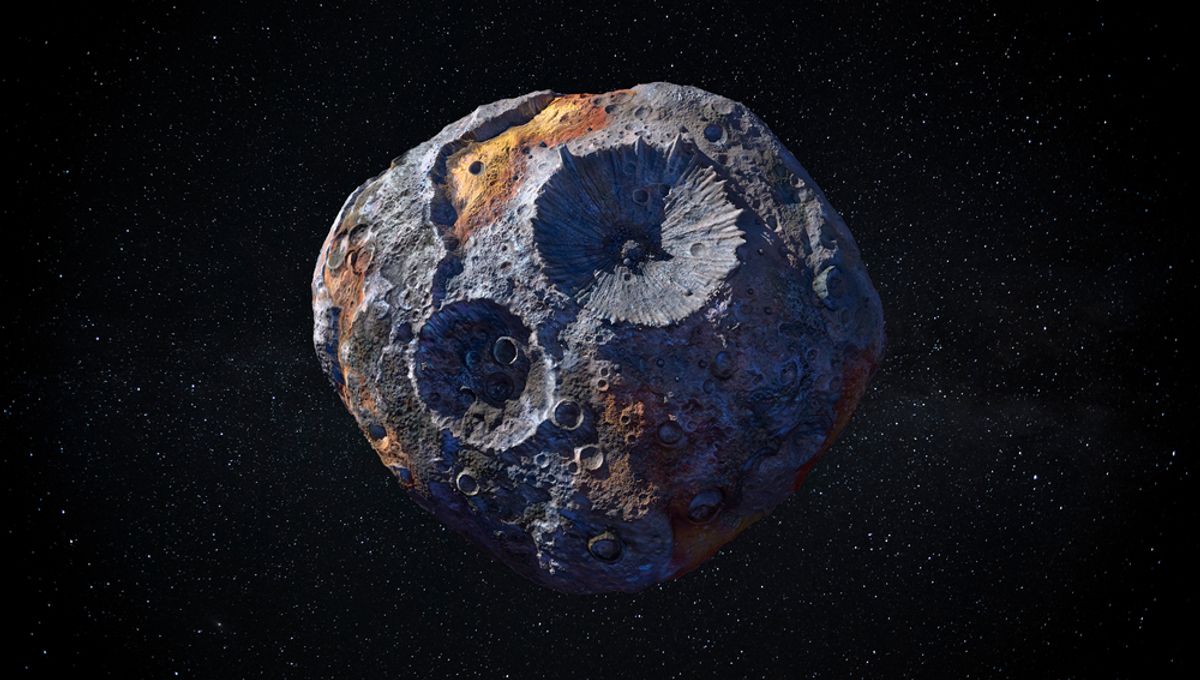![]() French novelist Jules Verne captivated readers in the 19th century with the exciting idea that a journey to the center of the Earth was possible.
French novelist Jules Verne captivated readers in the 19th century with the exciting idea that a journey to the center of the Earth was possible.
Although Verne’s story was purely fiction, scientists have since recognized the impossibility of such a journey. The extreme temperatures, reaching 10,000 degrees Fahrenheit (5,537 Celsius) at the core, and the immense pressure, millions of times greater than at the surface, make it impossible for humans to venture deep into the Earth.
However, there are still some things that we do know about the Earth’s interior. Geophysicists have discovered that the core is a solid sphere made of iron and nickel, comprising 20% of the Earth’s radius. It is surrounded by a shell of molten iron and nickel that extends an additional 15% of the Earth’s radius.
Our knowledge of the Earth’s interior has been obtained indirectly, either through studying Earth’s magnetic field or by analyzing the way earthquake waves bounce off different layers beneath the surface.
However, indirect methods have their limitations. So how can scientists learn more about the deep interior of our planet?
Planetary scientists like myself believe that the best way to explore the inner Earth is from outer space. NASA’s upcoming mission to the metal world, named Psyche, is set to launch on October 5, 2023. I have been a part of NASA’s Psyche team for the past six years.
About the asteroid Psyche
Asteroids come in various sizes, ranging from small cities to small countries. They are remnants from the early and turbulent stages of our solar system’s formation.
While most asteroids are composed of rock, ice, or a combination of both, approximately 20% of them are metallic and have a composition similar to the Earth’s core. This similarity leads to the intriguing possibility that these metallic asteroids are fragments of once-existing planets, torn apart by ancient cosmic collisions. By studying these fragments, scientists hope to gain direct insights into the nature of planetary cores.
Psyche is the largest known metallic asteroid. Discovered in 1852, it has a width comparable to that of Massachusetts and a squashed spherical shape resembling a pincushion. It orbits between Mars and Jupiter in the main asteroid belt and can be observed with a backyard telescope as a pinpoint of light.
About the Psyche mission
In early 2017, NASA approved the US$1 billion Psyche mission. Instead of landing on the asteroid, the spacecraft will orbit Psyche repeatedly, starting from a distance of 435 miles (700 kilometers) and gradually moving closer to within 46 miles (75 km) of the surface.
Upon arrival in August 2029, the probe will spend 26 months mapping the asteroid’s geology, topography, and gravity. It will also search for evidence of a magnetic field and compare the asteroid’s composition with what we know, or think we know, about Earth’s core.
The mission aims to answer several key questions: Is Psyche truly an exposed planetary core? Is the asteroid a solid rock or a collection of smaller boulders? Are there indications that the outer layers of this small world, such as the crust and mantle, were violently stripped away in the past? And perhaps most importantly, can the knowledge gained from studying Psyche help unravel the mysteries of Earth’s core?








